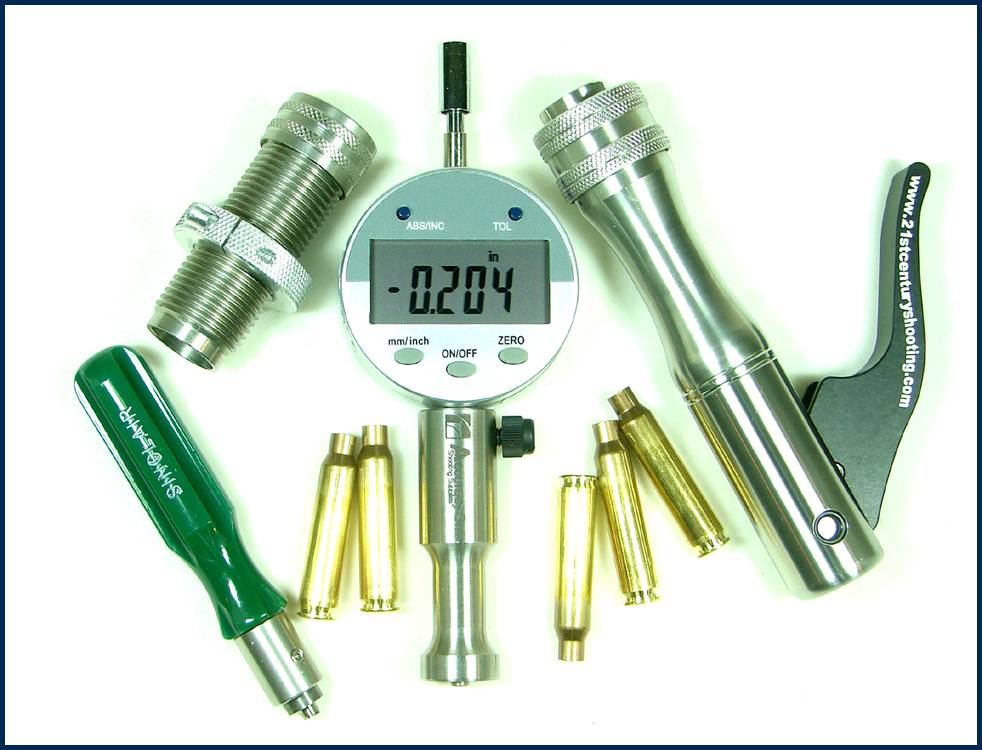Now maybe this is common knowledge, but I'm mostly self taught & I've never seen it discussed.
Recently I was loading 400 rounds of 6.5 Creedmoor.
In my reloading process typically the last steps are to lube the neck with graphite, mandrel, powder, & seat the bullet. On this batch of 1 x Lapua I noticed the mandrel was pretty tight. These were annealed the same as all previous so I thought it odd, then a light bulb went off. Looking at the inside of the mandreled neck I could see that the mandrel had a very concentric fit. So well in fact I suspected it was air compression that made it feel tighter. These were primed with a CPS and all primers were .0055 below flush to start. Sure as shit I started measuring after mandrel and the primers were now .004 - .0045. Luckily I wasn't stroking the press fast and just stayed consistent so all primers were in the range stated above after.
Note to self: Mandrel before priming. Anyone else see this?
A drilled or EDM'd hole through the mandrels plus a hole in the die cap would ensure this couldn't happen.
Recently I was loading 400 rounds of 6.5 Creedmoor.
In my reloading process typically the last steps are to lube the neck with graphite, mandrel, powder, & seat the bullet. On this batch of 1 x Lapua I noticed the mandrel was pretty tight. These were annealed the same as all previous so I thought it odd, then a light bulb went off. Looking at the inside of the mandreled neck I could see that the mandrel had a very concentric fit. So well in fact I suspected it was air compression that made it feel tighter. These were primed with a CPS and all primers were .0055 below flush to start. Sure as shit I started measuring after mandrel and the primers were now .004 - .0045. Luckily I wasn't stroking the press fast and just stayed consistent so all primers were in the range stated above after.
Note to self: Mandrel before priming. Anyone else see this?
A drilled or EDM'd hole through the mandrels plus a hole in the die cap would ensure this couldn't happen.
Last edited:



